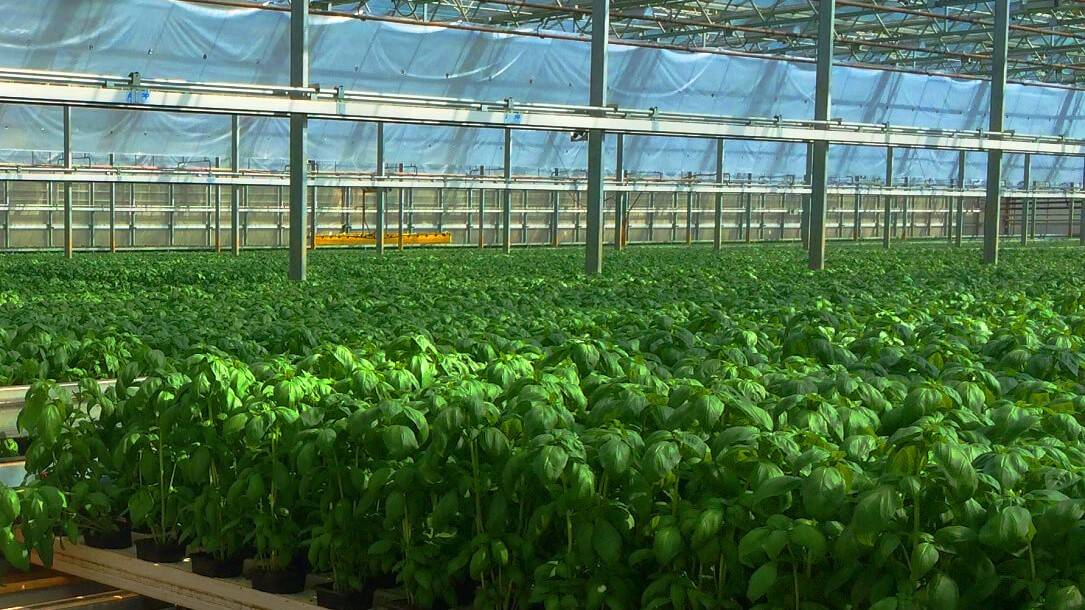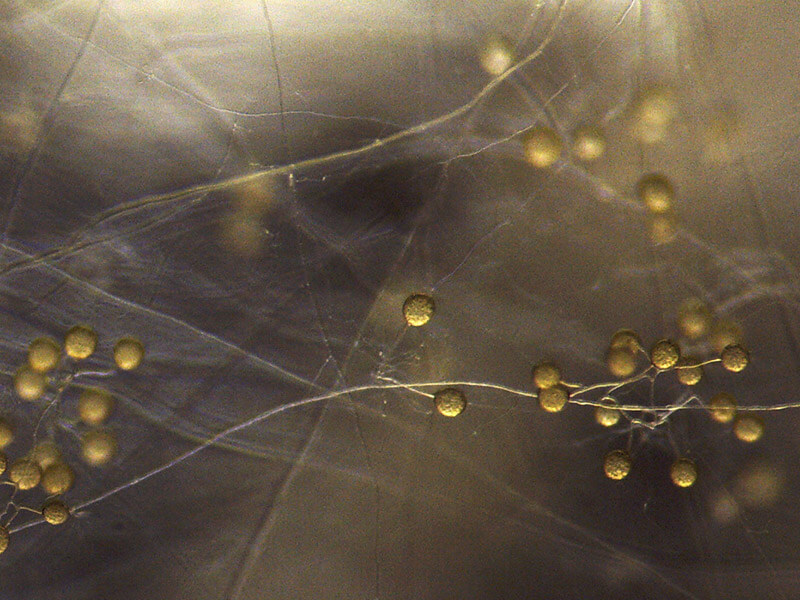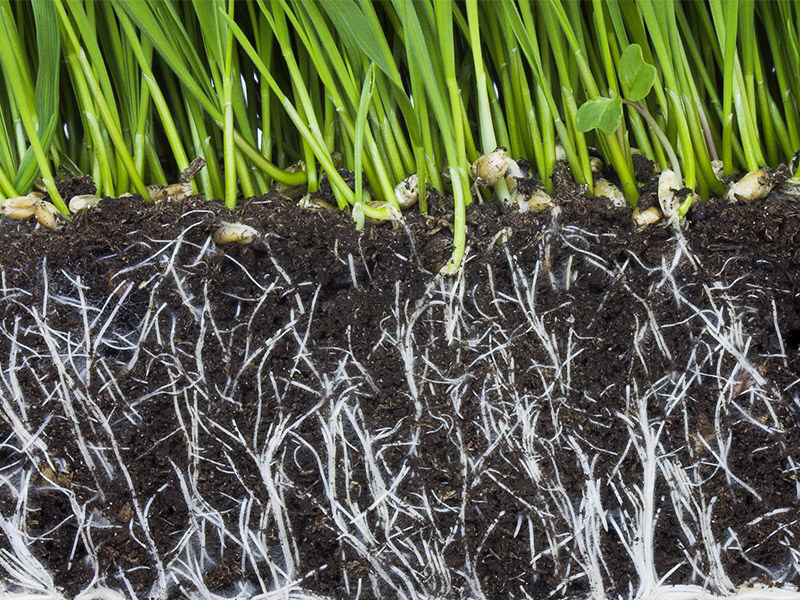Best Growing Practices for Organic Greenhouse Crops


In recent years, organic food has surpassed the trend to become a real way of life. Consumers concerned about their health, but also about the environment, tend to prefer consuming and encouraging more "natural" products, which are free of pesticides and other ingredients from industrialization. As the demand for organic products is exponential, it goes without saying that supply must follow. To meet this growing need in the market, many producers have turned to organic horticulture.
Even though the demand for organic food is increasing, the availability of products approved for organic use is still limited, particularly those designed to improve plant growth and reduce plant stresses.
How to Choose the Right Organic Growing Medium?
A good quality organic growing medium has the same basic components as conventional substrates: a balance of good air porosity, good, but not excessive, water retention, a source of plants nutrients for initial growth, and a pH adapted to plants’ needs.
Although the wetting agents and fertilizers incorporated in organic growing media are different from those used in conventional products, media manufacturers have come up with solutions to assure homogenous water holding and drainage characteristics and uniform fertility to optimize crop growth.
Some growing media are amended with compost for increased moisture, which can help with initial wetting, but in the long run, compost contains a lot of fine particles which reduce air porosity and sometimes cause the growing medium to shrink. Natural surfactants (yucca extracts) are often used and are by far a better solution, although the initial watering must be repeated more than once to be certain that media is well moistened.

Active Ingredients in The Growing Medium for A Fully Integrated Solution
In conventional horticulture, pesticides and fungicides can be applied to control insects and/or diseases. Synthetic fertilizers can be applied to correct nutrient deficiencies. In organic farming, the presence of microorganisms in the soil contributes to conversion of organic compounds into available forms of nutrients for plants. In organic horticulture, the approach must obviously be different. An interesting solution that allows an integrated approach is the use of a value-added substrate, enriched with beneficial microorganisms, such as mycorrhizae or with a duo of mycorrhizae (Glomus intraradices) and BIOFUNGICIDE (Bacillus pumilus) inoculants. PRO-MIX® MPO AGTIV® FORTIFY™ is an organic growing medium that possesses this integrated approach and is an interesting alternative in organic horticulture for controlling insects and pests.
Mycorrhizae are beneficial associations between a mycorrhizal fungus and plant roots. Mycorrhizal spores germinate in the growing medium and produce filaments (hyphae) which penetrate root cells. This symbiosis allows the formation of an intra and extra-radical network of filaments that explore the growing medium for better access to nutrients and water, and transfer them to the plant. Mycorrhizae increase plant resistance to stresses throughout the crop cycle and transplant shock is reduced when the plant is transplanted outdoors into the garden. To learn more about mycorrhizae, read this article: Mycorrhizae And Plants Make Great Allies.
Another beneficial active ingredient is a bacterium called Bacillus pumilus that produces an antibiotic which suppresses root rot diseases caused by the pathogens Fusarium, Pythium and Rhizoctonia. This bacterium also secretes biostimulant molecules (auxins) to form a biofilm around the root system that ensures protection and induces the proliferation of the root hairs to favor the absorption of nutrients and water. They accelerate seed germination and plant establishment, reduce need for fungicide drenches and strengthen plant disease resistance.

Monitoring In-Use Growing Medium: An Important Step
It is not enough to have the right substrate: you must understand it. The pH and EC of a growing medium as well as water alkalinity should be measured at the beginning of the crop, and multiple times throughout the crop production cycle. Fertilizers used in organic production release a lot of calcium, therefore it’s is advisable to monitor these levels during crop cycle.
It is also strongly recommended to monitor the pH of the medium to prevent certain trace elements, such as iron and manganese, from becoming unavailable due to pH climb.